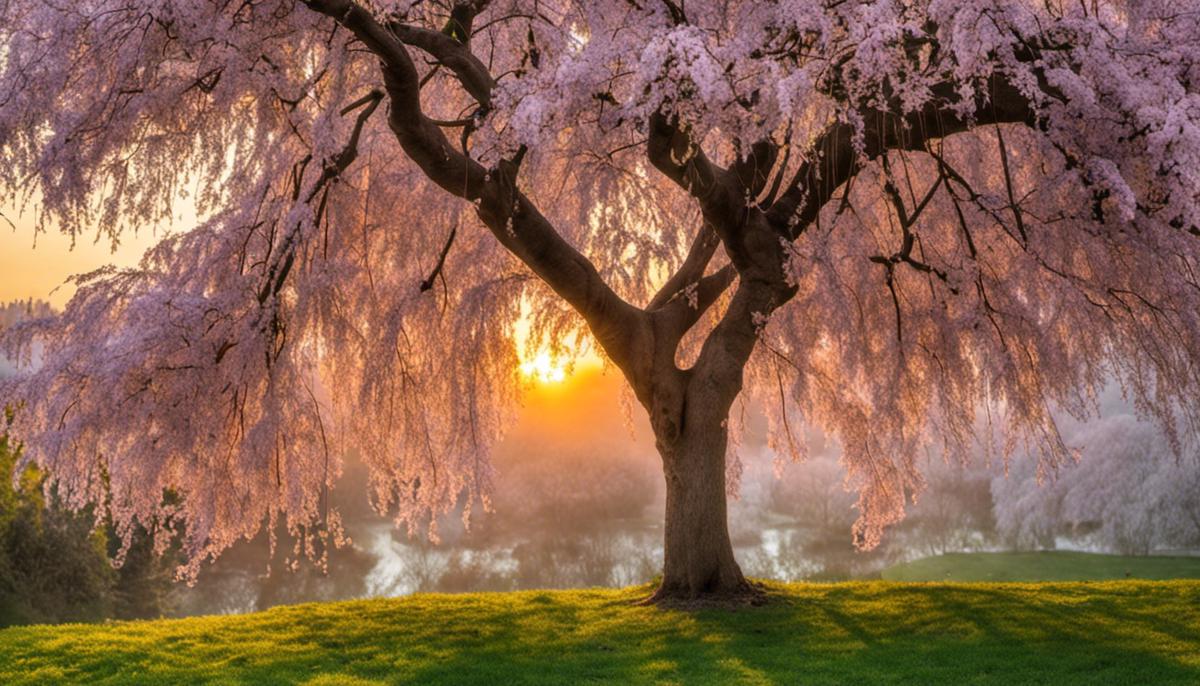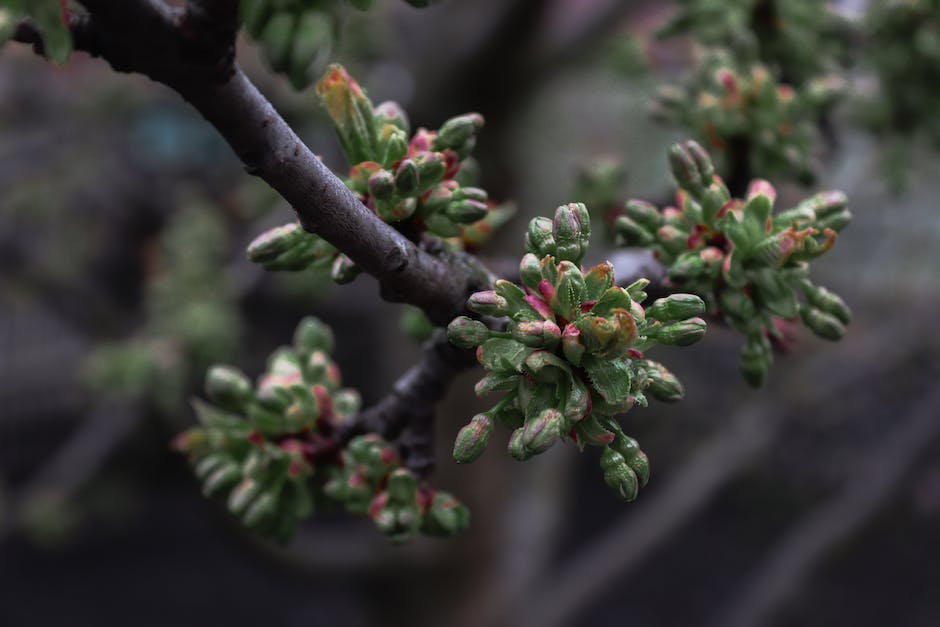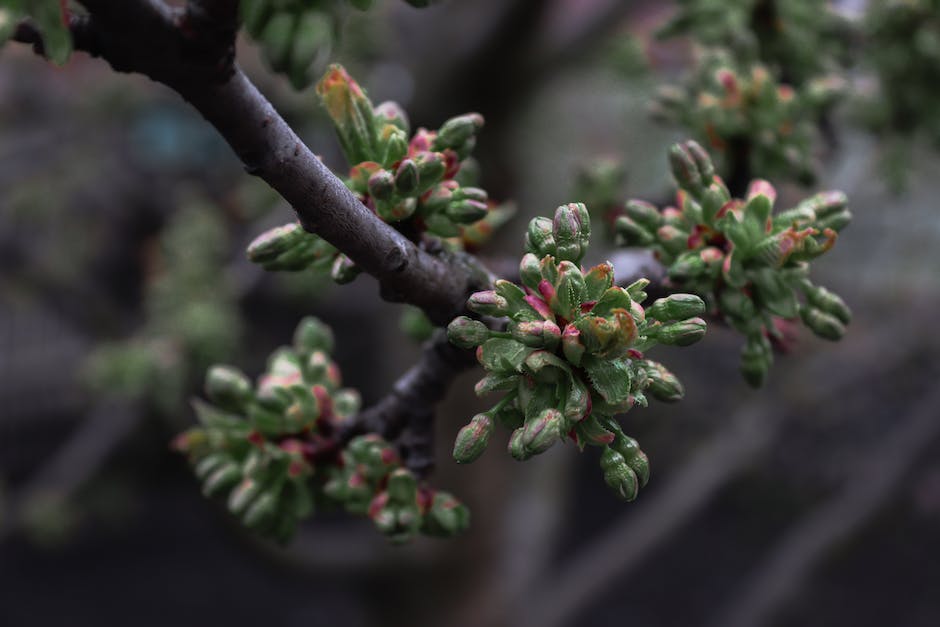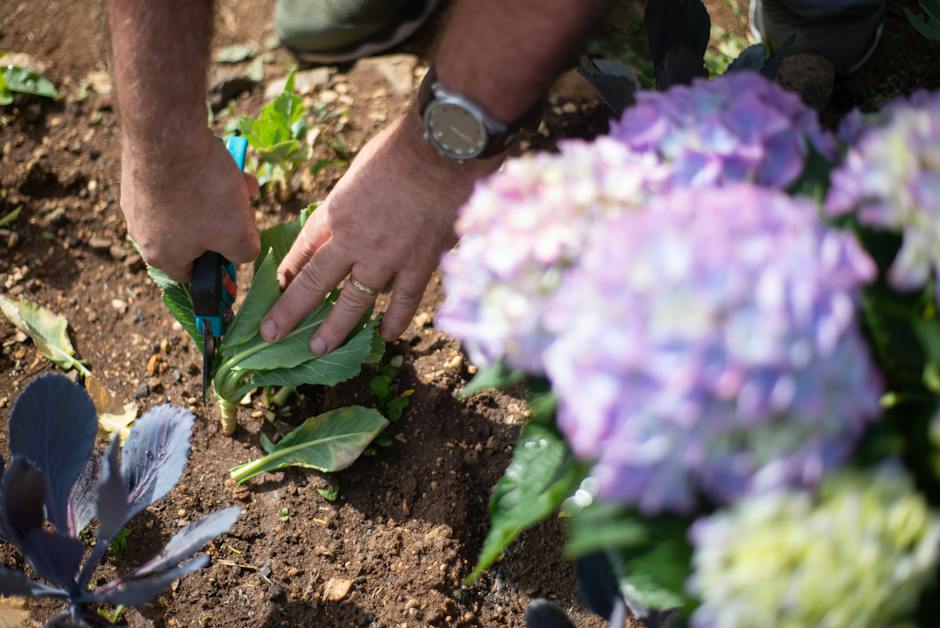Learn to Prune Your Weeping Cherry Tree Smartly

Welcome to our comprehensive guide to understanding, nurturing, and maintaining the charming Weeping Cherry Tree. This variety of spring blossoming tree, with its drooping branches and vibrant flowers, adds a unique element of beauty to any landscape. Mastering the art of pruning these trees enhances their health and longevity, encouraging lusher growth and a better bloom. We begin with an in-depth understanding of the Weeping Cherry Tree’s biological makeup, its unique growth patterns, prime seasons for pruning, and how to manage potential risks and diseases. We will follow this foundation with a detailed exploration of the best pruning techniques and the various tools you will need, while always bearing in mind keen safety precautions. Equipped with appropriate understanding and practices, every step of this pruning process will contribute to the continued elegance of your Weeping Cherry Tree.
Understanding Weeping Cherry Tree
Title:
Unleashing Beauty: The Ideal Growth Pattern of a Weeping Cherry TreeWelcome, gardening mavens, to yet another exclusive post, our shared sanctuary where green thumbs unite. Today, we delve into the enchanting labyrinth of weeping cherry trees, the living embodiment of Mother Nature’s poetry. These elegant giants, with their cascading branches, can morph any backyard into a miniature Eden. But to truly unleash their ethereal beauty, one must comprehend their ideal growth pattern.
Weeping cherry trees, or Prunus subhirtella, initially follow an upward growth to establish a dominant central leader. This zenith growth phase occurs during the tree’s formative years. The central leader, or the tree’s primary vertical stem, will spearhead this vertical operation, producing a web of lateral branches, ultimately producing the characteristic “weeping” shape.
Establishing a strong central leader facilitates overall tree health—a healthy leader equates to a healthy tree. Trimming other vertical branches during the tree’s formative years allows the central leader’s dominance in the vertical space, building a robust trunk, which is crucial for the tree’s long-term health and aesthetics.
Post establishing its central leader, the weeping cherry tree graduates to its unique cascading growth pattern. Branches start to arch downwards, laying the foundation brick for the iconic weeping form. This riveting phase typically becomes evident in the tree’s third or fourth year and continues throughout its life. The right pruning practices at this juncture ensure the branches’ perfect pendant angle, emphasizing its cascade form.
Keep in mind, the trunk of a weeping cherry tree grows approximately 1 to 2 feet per year, while the weeping branches grow 2 to 3 feet annually. This disparity in growth rates further accents the tree’s drooping silhouette.
It’s important to note that weeping cherry trees hardly extend beyond 20 to 40 feet in both height and spread at maturity. They relish a well-drained, moderately acidic soil, averaging between 6.0 and 7.0 pH. A sunny location also bodes well for their vibrancy and growth, as they adore full sun to partial shade.
Pruning weeping branches, interestingly, impacts the tree’s overall growth pattern. Here’s a tip every gardener needs to remember, prune only in the late winter or early spring before the new growth starts. This window encourages optimal growth and lets the tree heal with minimal disease risk.
So, there you have it. The ideal growth pattern of a weeping cherry tree isn’t really a secret when equipped with these insights. Embrace this captivating backdrop plant in your gardens, and treat yourself to the mesmerizing annual spring display when it bursts into a cloud of pink or white blooms. Remember, the beauty you see in a weeping cherry tree is, above all, a reflection of the love and care you’ve poured into it. Happy gardening!

Pruning Techniques
Comprehensive Techniques on Pruning for Optimal Tree Health and Aesthetics
Building on the foundation of understanding weeping cherry trees, let’s get into more specific pruning techniques that help to optimize tree health and aesthetics. Pruning plays a crucial role in maintaining the vibrant, teardrop silhouette characteristic of these enchanting trees.
The first technique to discuss is the thinning cut. This technique focuses on removing unwanted branches at their point of origin. Used skillfully, thinning cuts can delicately manage the density and shape of a weeping cherry tree without greatly altering its natural structure. This technique enhances the tree’s aesthetics by artfully maintaining the tree’s iconic ‘weeping’ presentation. From a health standpoint, it facilitates better airflow within the tree, reducing the risk of disease and pest infestation.
Next up is the removal cut. This technique represents the more drastic approach. The aim here is to eliminate a complete branch, limb or a leader down to the trunk or to the primary branch it’s attached to. Strategic removal cuts can support the health and aesthetics of the tree by curtailing overcrowding, promoting sunlight exposure to internal branches, and preventing the competition for resources. It’s important to remember, though, that care must be taken not to over-prune using removal cuts, as this can cause stress to the tree and impact its overall health.
Heading cuts may prove beneficial on occasion. Although they are generally avoided due to their tendency to encourage bushier growth, there’s a place for them in controlling the size and height of the tree. Still, there remains the risk of stimulating growth that is structurally weaker, hence it is advisable to utilize heading cuts sparingly.
Finally, we have a technique called crown raising. Employed frequently in urban settings or landscaping projects, this practice involves removing the lower branches of the tree to provide clearance for pedestrians, vehicles, or structures. In terms of aesthetics, this method creates a dramatic and elegant height effect that can really showcase the sweeping, pendulous branches of the weeping cherry tree above. As a bonus, it also enables a more manageable tree size.
With these techniques and a good understanding of the growth pattern of weeping cherry trees, you’re all set to foster a spectacular specimen. Certainly, there’s a blend of science and art to pruning – balance and beauty are keynotes. Carefully applied, these approaches can create a visually stunning tree that continue to flourish healthily. Remember, nurturing a weeping cherry tree takes dedication, but every breathtaking blossom in springtime will remind you that the commitment was worth it.

Tools and Safety Precautions for Pruning
Ensuring your weeping cherry tree retains its eye-catching aesthetic while promoting its health and longevity requires not just the correct techniques, but the right tools as well. Here’s what you’ll need in your pruning arsenal:
- Pruning shears: These are ideal for making clean cuts on smaller branches up to 3/4 inches in diameter. Choose a pair with a sharp bypass blade for clean, precise cuts.
- Lopping shears: For larger branches up to 1.5 inches thick, lopping shears, with their long handles, provide the extra leverage needed to make smooth and efficient cuts.
- Pruning saw: Anything thicker than 1.5 inches calls for a pruning saw. A professional-grade folding saw will take care of even the thickest branches on your weeping cherry tree.
Aside from the proper tools, safety is paramount when pruning any tree, and the weeping cherry tree is no exception.
- Always don the right protective clothing – Long sleeves, sturdy gloves and safety glasses are a must.
- Avoid pruning in wet conditions as branches can be slippery and unpredictable.
- Be sure to check the tree and surrounding area for hazards like power lines and structurally weak branches.
- Practice ladder safety. If you can’t reach a branch while on a ladder, this is a sign the tree may be too large for home pruning – consider hiring a professional in this case.
- Prioritize personal safety over reaching that last branch. If it feels risky, leave it be; a beautiful tree isn’t worth the personal harm.
Armed with these tools and safety tips, you will be well-equipped to take on the task of pruning your weeping cherry tree. Remember, patience and practice are key to the art of pruning. In time, you’ll learn the rhythm and judgement needed to foster a healthy, balanced weeping cherry tree. The beauty you will mold through your careful work, vision, and love for your tree will be a sight to behold during a spring bloom and beyond. It’s a delicate dance between man and nature that encapsulates the joy of this hobby and dedication to the craft. Happy pruning!

With the knowledge you’ve gained here about the biological make-up of the Weeping Cherry Tree, its growth patterns and the right seasons for pruning, you’re well-prepared to maintain the health and beauty of your tree through effective pruning practices. The skills in the finer points of pruning – from crown thinning to crown lifting and reduction – tailored to your tree’s needs are now at your fingertips. Having delved into the necessary tools and safety precautions, you’re equipped not just to prune properly, but safely as well. Here’s to flourishing and splendid Weeping Cherry Trees that stand as proof of your labor of love and horticultural understanding. Enjoy the joys and rewards of the tree pruning process to its fullest!



